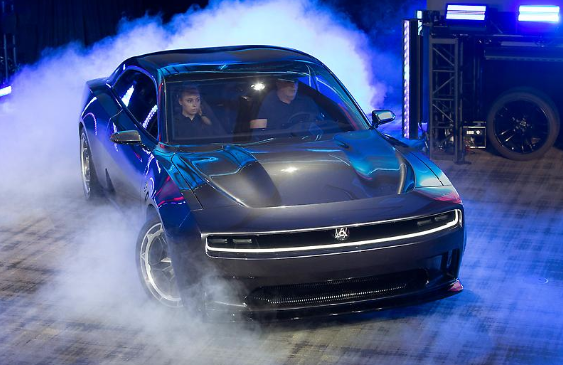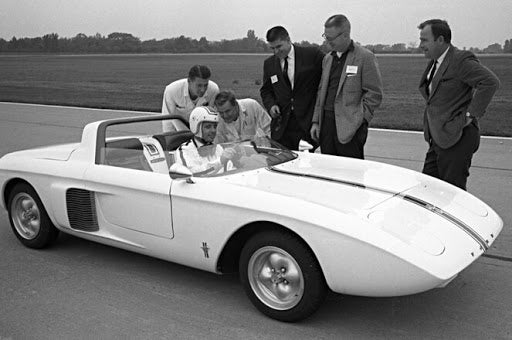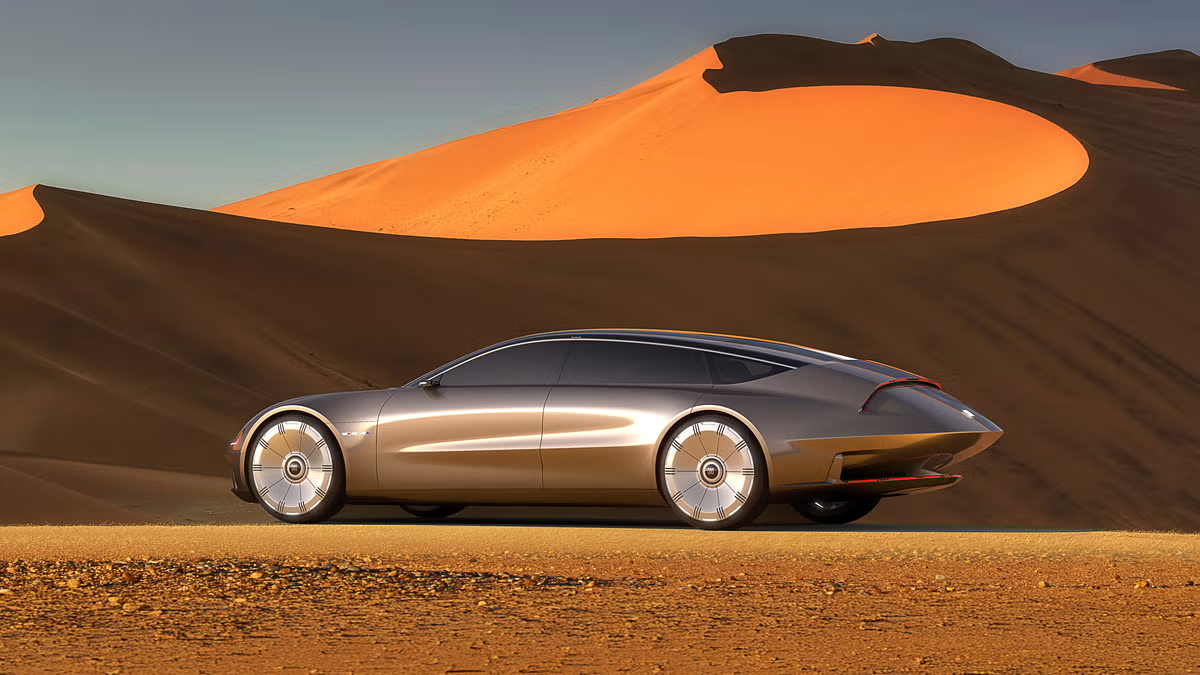The fact that cars have become so homogenized across the spectrum of platforms and brands can be directly linked to automotive companies largely abandoning creating concept cars.
Only a paltry few of these hand-built models ever made it into production; those that did, though, became the “classics” of the classics.
It was mainly the innovations found tucked away inside the futuristic offerings that made it into the mainstream rather than the, sometimes, over-the-top body designs.
From a purely technical standpoint, MotorTrend describes the process as taking a two-dimentional idea and turning into a 3-D reality, even if some of the bodies were made of foam or clay. Concepts gave engineers the ability to be creative; but, in terms of production, some of the more outrageous ideas were hemmed in by the corporation’s army of beancounters.
Back-up camera technology has been around since the 1950s, but it did not make it into production cars until over a half-a-century later. Meanwhile, somehow, car vinyl record players made it into production, thanks to the number-crunchers and their spreadsheets.
It turns out the polls indicated cameras did not improve safety, since they, ahem, took the driver’s eyes off the road; however, those same polls likely indicated that since Elvis had a record player in his car, then everyone wanted one.
The cultural impact of concepts is undeniable. People still remember the 1955 Lincoln Futura primarily as the “Batmobile.” The popular TV show did not come out until 1966 and Futura still looked, well, futuristic, a decade later. Many argue that the one-time concept vehicle still looks way ahead of its time, even though the passenger pods are every bit as stifling and claustrophobic as they look from afar.
According to MotorTrend, the much celebrated 1966 Dodge Charger actually began life two years earlier as the Dodge Charger Roadster, although the version that made it onscreen in the “Dukes of Hazzard” emblazoned with the Confederate battle flag, was markedly different from the one that made the auto show rounds.

Because of the odd release date of the now-classic Ford Mustang, it was widely assumed that the vehicle was rushed to market, when nothing could be further from the truth.
Ford studied the idea of a small two-door vehicle to appeal to the younger crowd for over a decade and it was the Falcon, which began to look dated and even a little sad just a few years into production, that caused Ford to ramp up activity on the segment.
It truly became a battle of wills between the designers and engineers as they squared-off against the accountants. Actually, the longer the Mustang remained a concept, the better as more R and D funding was available.
According to Car and Driver, Ford’s first design looked more like a European roadster and the finance department responded by cutting funding for engine development. What set off alarm bells in finance was the proposed sticker price of around $60,000 which was totally out of reach for the demographic the company was attempting to woo.
This caused engineers to look across Ford’s spectrum of already successful engines and transmissions with an eye on making them even better.
Ironically, the Falcon’s eventual replacement, the Mustang, ended up being based primarily on the Falcon itself.
Of course, the designers pushed back by offering up a bevy of body designs. Designers introduced a two door, four door, flying brake (two-door station wagon, regular estate or station wagon as well as convertibles and fastbacks. They also tinkered with a mid-engine design and gull wing doors.

The real reason Ford “rushed” the Mustang into production in mid-year 1964 was more because what they already had did not need any more tinkering, and Ford didn’t want its new baby to get carried away in the avalanche of new models coming from other automakers that January.
The polls, however, aren’t always useless, though. According to Car and Driver, when Ford tinkered with making the Probe concept the new generation of Mustang, respondents revolted and Ford, fearing their own “New Coke” catastrophe, decided to release the Probe as its own model.
The aptly named Probe, which looked like a suppository pill, was flushed soon after its release.
It appears, though, car companies are returning to producing concepts as Buick, the granddaddy of concept car designers, recently released a new concept that has auto industry tongues wagging.
It is obvious that Buick learned a lesson by watching the debacle caused by Jaguar when it released a concept that actually was based on anything other than a broad idea. Jaguar then launched a marketing campaign around its “concept-but-not-a-concept” car, using wildly garbed human models that consumers branded as “woke.”
Hopefully, the return of concepts will herald in a new era of excitement like the “good old days” when the release of a new model was an event, not a chance to make a political statement.
Scott Hudson is the Senior Investigative Reporter, editorialist and weekly columnist for The Augusta Press. Reach him at scott@theaugustapress.com











